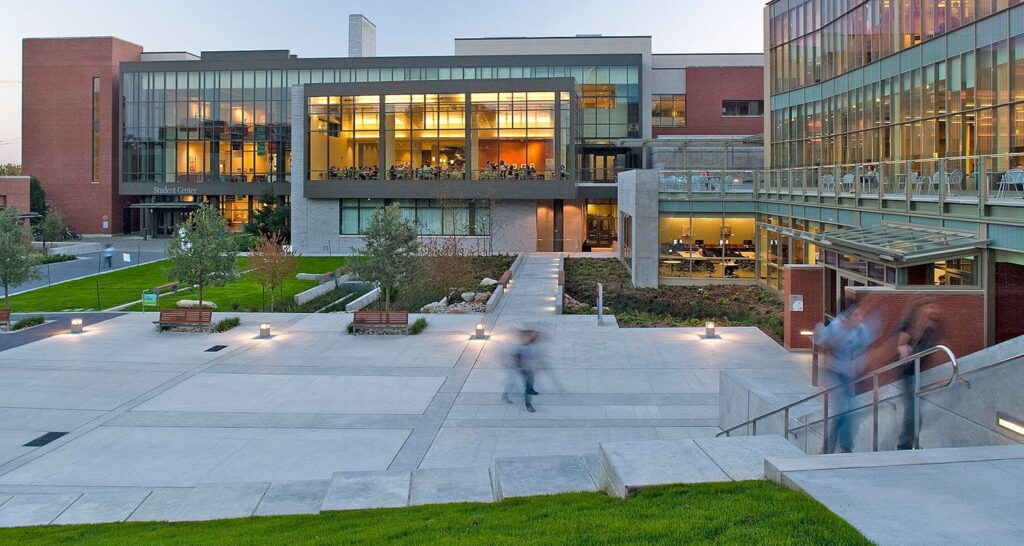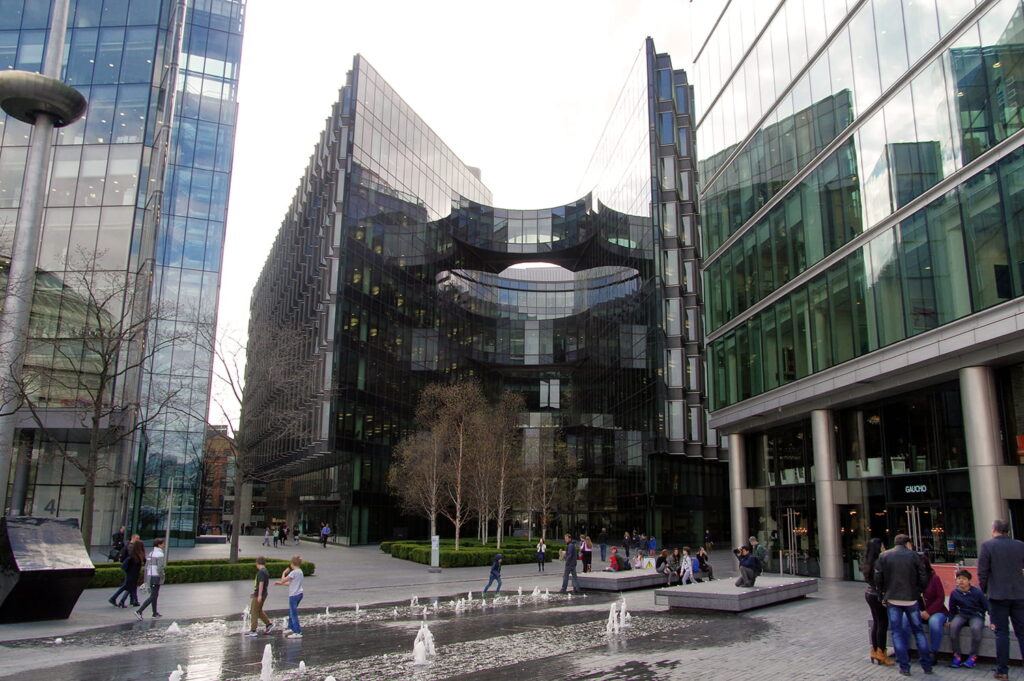Inclusion and accessibility are key aspects when designing buildings and public spaces, ensuring that these spaces are accessible and usable by all people.
In this article we explore the importance of inclusion and accessibility in the design of public buildings and spaces, the cornerstone of inclusive architecture.
What is inclusive accessibility?
Accessibility is a key concept in the context of social inclusion, and is the ease of access and participation for all people, regardless of their individual characteristics or needs. This includes aspects such as mobility, communication and accessibility of information and services.
What is building accessibility?
In the context of the design of buildings and public spaces, accessibility refers to the adaptation of these spaces so that they are easily accessible and usable by all people, whatever their age or needs. This may include the installation of ramps and lifts for people with physical disabilities or mobility problems, the design of accessible toilets and the location of switches and sockets at an accessible height for people in wheelchairs.
It may also include consideration of the communication needs of people with hearing or visual impairments, such as the installation of visual or audible warning systems in case of emergency and the use of large letters and numbers on signs and signage.

What is accessibility in the context of social inclusion?
In a more general social inclusion context, accessibility can also include adapting services and programmes so that they are easily accessible and usable by all people. For example, this may include the provision of materials in accessible formats for people with visual impairments or the use of sign language interpreters for people with hearing impairments.
What is accessibility design?
Accessibility design refers to the process of adapting buildings, public spaces and products so that they are easily accessible and usable by all people.
As mentioned above, accessibility design in buildings and public spaces can include the installation of ramps and lifts for people with mobility problems, the design of accessible toilets, and the location of switches and sockets at an accessible height. It can also include more inclusive communication systems with the installation of visual or audible warning systems in case of emergency and the use of large letters and numbers on signage and signage.
Accessibility design is essential to ensure the inclusion and active participation of all people in society, and is a key aspect to consider in the design of buildings, public spaces and products.
3 examples of inclusive architecture
- Seattle University Building: This building has ramped entrances, wheelchair accessible lifts, wheelchair accessible toilets and communal areas with non-slip floors for people with special needs.

- PWC building in London: This building is a perfect example of inclusive architecture, as it has been designed to be accessible to people with disabilities, with access ramps, lifts with wide doors and voice technology to assist the blind. It also has adapted toilets and rest areas.

- Vancouver Convention Centre: The Vancouver Convention Centre has access ramps, wheelchair accessible lifts, wheelchair accessible washrooms and common areas with non-slip flooring for people with disabilities. It also offers sign language interpretation services and assistive listening devices for the hearing impaired.

How can we help to build inclusive spaces?
There are several ways in which we can contribute to building inclusive spaces:
- Knowing and understanding the needs of people with disabilities will help us to design and adapt inclusive spaces that are truly useful and accessible to them. This may include talking to people with disabilities and disability organisations to get their perspective and understand their needs.
- Participate in the planning and design of public spaces, either through our involvement in consultation processes or by working directly on the design of buildings and spaces. It is important to ensure that these spaces are accessible and adapted for all.
- Promote inclusion and accessibility in our communities and workplaces through education and awareness raising, or by working with organisations and governments to promote legislative and policy changes that promote inclusion and accessibility.
- Support people with disabilities in a variety of ways, such as providing support with transport, communication or access to services, or working with them to adapt spaces and services to make them more accessible.
Conclusion
Accessibility is essential to ensure the inclusion and active participation of all people in society, and is a key aspect to consider in the design of buildings and public spaces, as well as in the provision of services and programmes.
Building inclusive spaces requires a joint effort and the active participation of everyone, from people with disabilities to organisations and government. We can all contribute to the creation of inclusive and accessible spaces for all people.

